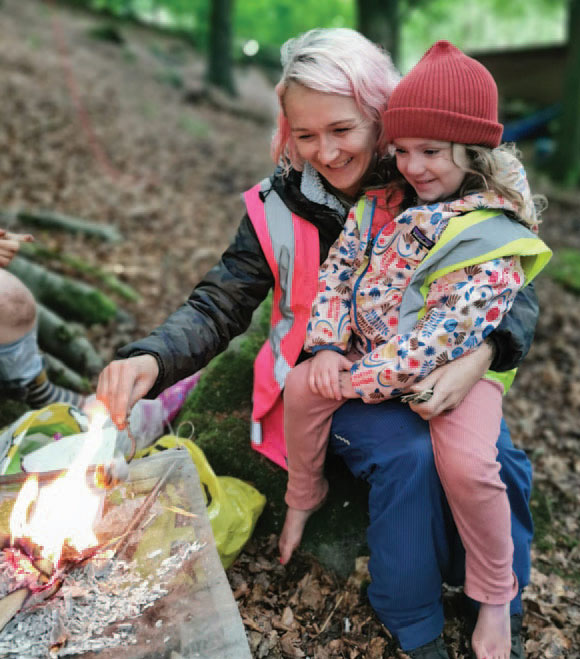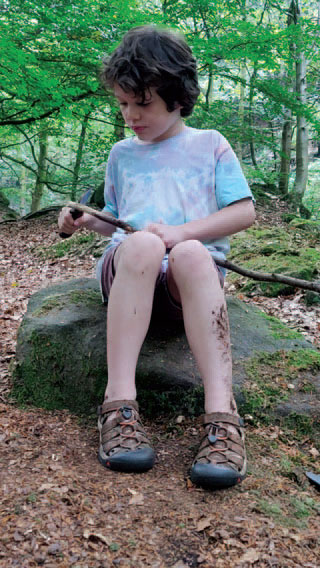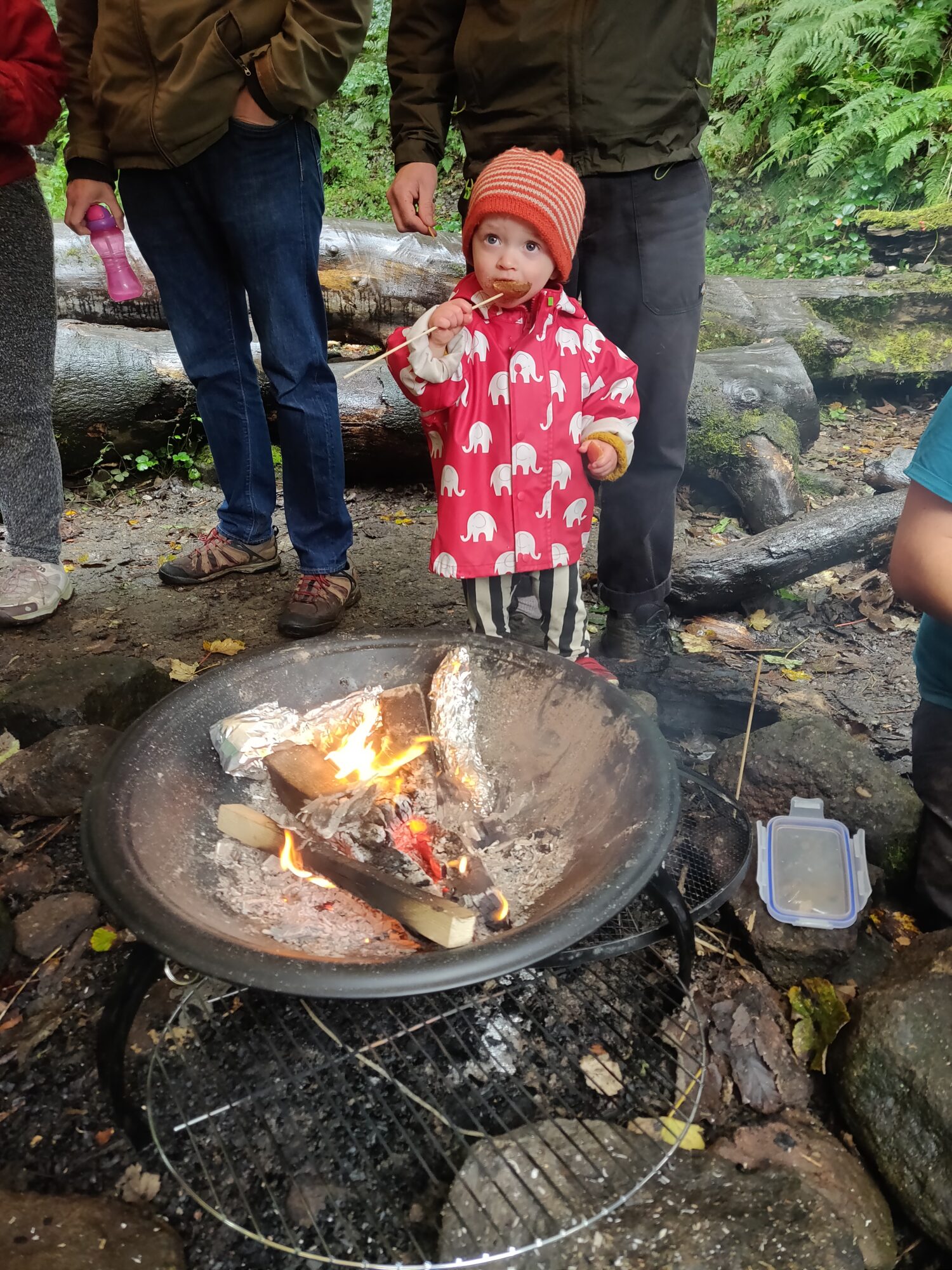
I Dare You…
by Northern Life
HOLISTIC EDUCATOR AIMEE BUFFHAM EXPLAINS WHY YOU SHOULD LET YOUR CHILD TAKE A RISK
I wasn’t meant to be one of those parents – you know the ones – wrapping their children up in so much cotton wool they’re probably in danger of overheating. I was meant to be raising a free-range sprog with dirty fingernails and scrapped knees, but then every parenting instinct kicked in and suddenly I was panicking about them disappearing from sight and discussing the most natural-looking helmet for expeditions to the top of the climbing frame.
“I think it is hard not to educate through fear – fear children will get hurt, physically or emotionally,” Aimee Buffham, an educator specialising in holistic childcare, says when I tell her about my over-the-top parenting. “I empathise with the desire to protect your child from any harm at all costs, but if we can find a way to trust our children, from the moment they’re born, they will without a doubt show us they are capable of amazing things.”

And so, I decided against the helmet, because aside from the instinct that had me contemplating safety gear to rival race car drivers, there was another instinct that suggested I needed to let my children take risks, not huge throw-out-the-car-seat-and-stick-your-head-out-of-the-window risks, but the let’s-climb-that-tree-without-a-racing-helmet-on risks. So, with this thought in mind, I spoke to Aimee about the benefits of taking risks in play.

Aimee aims to educate with a focus on empowering children’s voices by trusting them and ensuring they are heard as equals. Part of her teaching techniques involve incorporating risky play.
“Risky play is thrilling and exciting experiences that include risk,” Aimee explains. “These experiences vary depending on the age and ability of the child and can range from using tools and woodworking to climbing trees and rocks.”
Risky play is not a new concept, in fact it’s what children themselves have been doing all along, from using tools that they may see their parents using, to getting out in nature and diving in. Recent research, however, is proving the benefits to taking risks in play.
In Scandinavian countries, risky play is considered an essential part of growing up
“Risky play builds self-esteem, emotional regulation, problem solving, resilience and helps children develop physically.” Aimee explains. “I had a uni tutor who pointed out the links between risk assessing as a child and as an adult with a really quite scary example. Risky play often requires children to assess and manage risk; if as an adult or teen you’re faced with choosing whether or not to get into a car with a driver who has been drinking, you need to be able to step back and look at the full breadth of that situation to make a good decision. If you haven’t been allowed to experience risk in a range of ways, how can you develop the skills required to make such an important decision?”
In Scandinavian countries, risky play is considered an essential part of growing up, risk-taking is even designed into their playgrounds. It is a trend accelerating in Germany too, where junk playgrounds have sprang up – wander by one and you could be forgiven in thinking that it is a real junk yard, with old pallets, tyres and old wheelbarrows, instead children are encouraged to free play, making use of the objects in whatever way they see fit.
Allowing your children to understand risk under your supervision enables them to understand their boundaries and helps them to judge what is likely to be safe. “But furthermore, life is for living,” Aimee says. “In denying your child opportunities for risky play, you’re denying them the chance to really, fully live!”
Let your child take the lead and see where they’re attention falls
If you want to incorporate more risky play Aimee suggests making a plan beforehand – “things like ‘know your next move’ or ‘watch your feet’ are good go-to mantras. It may be useful to set a boundary like how high in the tree they can go, or work on a specific technique for using tools before being let loose. Once they are engaged – whether it be half-way up a tree or hammering nails, try to say nothing. Anything you do say will distract your child, splitting their attention and adding more risk!”

Watching your child dart between the leaves of an oak tree in silence is easier said than done, Aimee recommends a technique – “A good Nanny friend once told me she says ‘be careful’ under her breath so she still gets to express her concern but doesn’t project that onto the child.”
Outdoor activities are ideal to give your child the opportunity to take risks. Take them out in the woods and try tree climbing, balancing on rocks and scrambling up hills. Let your child take the lead and see where they’re attention falls. Of course, make your own judgement, what might be appropriate for a six-year-old probably isn’t for a toddler.
If you live in Calderdale, Aimee runs a variety of workshops in the woodland around Hebden Bridge. For the Easter holidays check out her Art in Nature group – “we head into the woods, set up camp and play; we look at a lot of land and earth art and often take tools and art equipment to create with.” Aimee also manages Colden Preschool for children aged two-four years where they spend a lot of time outdoors in nature. Visit her Facebook page facebook.com/TheRespectfulEducator for more information.
Family Spring 2022




